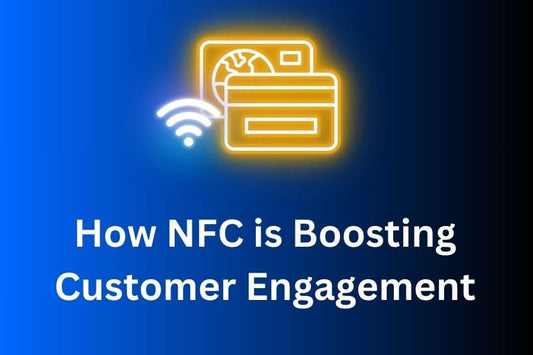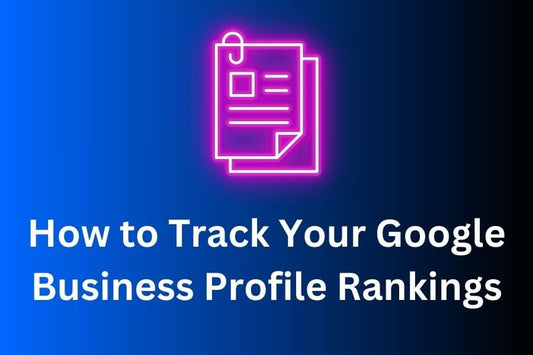Collecting Google reviews is critical to improving your local SEO and building a strong online reputation. However, manually requesting reviews from every customer can become time-consuming, especially as your business grows. The good news is that automating your review collection process can make this task much easier. In this post, we’ll explore how automation can help you gather more reviews while saving time, and which tools you can use to streamline the process.
Why Automating Review Collection Matters
Automation helps ensure that review requests are sent consistently, giving you a higher chance of gathering reviews from more customers. Here are a few reasons why automating this process is essential:
- Consistency: Automated review requests ensure that every customer receives a prompt to leave a review, increasing your chances of getting feedback.
- Saves Time: Automation removes the need for manual follow-ups, freeing up time for your team to focus on other important tasks.
- Improves Customer Experience: Automated systems can be set up to send review requests at the right moment, when the customer experience is still fresh, leading to more detailed and positive reviews.
Tools for Automating Review Collection
-
WhiteSpark’s Reputation Builder
One of the best tools for automating your review collection is WhiteSpark’s Reputation Builder. This platform allows you to:-
Automate Review Requests: Set up workflows that send review requests automatically after a customer makes a purchase or receives a service.
-
Monitor Reviews: Track and monitor all incoming reviews across different platforms (including Google) in one dashboard.
-
Send Reminders: Automatically send follow-up reminders if a customer doesn’t leave a review after the first request.
With WhiteSpark’s Reputation Builder, you can ensure a steady flow of reviews and respond quickly to customer feedback.
-
-
Email Automation
Many businesses use email automation to request reviews as part of their customer follow-up strategy. Here’s how you can integrate it:- Set Triggers for Review Requests: After a purchase or service completion, trigger an automated email asking the customer to leave a review. The email should include a direct link to your Google Business Profile.
- Send Follow-Up Emails: If the customer hasn’t responded within a few days, a follow-up email can be triggered to remind them.
- Personalize the Message: Use the customer’s name and refer to the specific product or service they purchased to make the message more personal.
-
NFC Technology for Easy Review Requests
NFC technology can also simplify the process of requesting reviews from customers, especially for brick-and-mortar stores and mobile businesses. With NFC Google Review Stands or NFC Google Review Cards, customers can tap their phone and be taken directly to your Google review page. This instant and convenient process increases the likelihood of receiving reviews, while eliminating the need for manual follow-up.
Automating Review Responses
Automation isn’t just for collecting reviews—it can also help you manage and respond to reviews more efficiently. Here’s how automating your review responses can benefit your business:
- Receive Instant Alerts: Set up notifications for new reviews so you can respond promptly, whether the feedback is positive or negative.
- Pre-Set Responses: Use customizable templates for common responses to save time when addressing frequently mentioned comments or questions.
- Maintain Consistency: Automated response workflows ensure that no review goes unanswered, which demonstrates to customers (and Google) that you’re actively engaged with feedback.
How NFC Technology Compliments Automation
Using NFC technology alongside automated review tools can enhance the customer experience and further increase your review count. Here’s how:
- Seamless Process: When customers tap an NFC-enabled stand or card, they’re immediately directed to the review page, where they can leave feedback within seconds. This real-time interaction eliminates friction and makes it easier for them to respond.
- Combined with Follow-Ups: Even if customers don’t leave a review after the first NFC interaction, you can use automated email reminders to prompt them again, ensuring they don’t forget.
Best Practices for Automating Review Collection
-
Time Your Requests
Timing is everything when it comes to asking for reviews. Here’s how to ensure you’re sending requests at the right time:- Right After Purchase or Service: Set your system to trigger a review request shortly after a purchase or service, when the customer’s experience is still fresh in their mind.
- Avoid Overloading Customers: Don’t overwhelm customers with too many reminders. Set an appropriate number of follow-ups that respect their inbox.
-
Make the Process Simple
Customers are more likely to leave a review if the process is easy. Here’s how you can simplify it:- Direct Links: Include a direct link to your Google Business Profile in all automated review requests.
- Mobile-Friendly Requests: Make sure the review request emails are mobile-friendly, as many customers will likely open them on their smartphones.
-
Be Transparent and Genuine
When automating requests, it’s important to stay genuine and transparent. Make it clear that customer feedback is valuable to your business, and don’t offer rewards in exchange for reviews (as this violates Google’s guidelines). Instead, focus on building trust by showing appreciation for honest feedback.
Conclusion
Automating your review collection process is an efficient way to ensure a steady flow of customer feedback while saving time and resources. By using tools like WhiteSpark’s Reputation Builder, email automation, and NFC technology, you can make it easier for customers to leave reviews and improve your local SEO. With the right strategy in place, automating reviews will help your business grow and maintain a positive online reputation.





